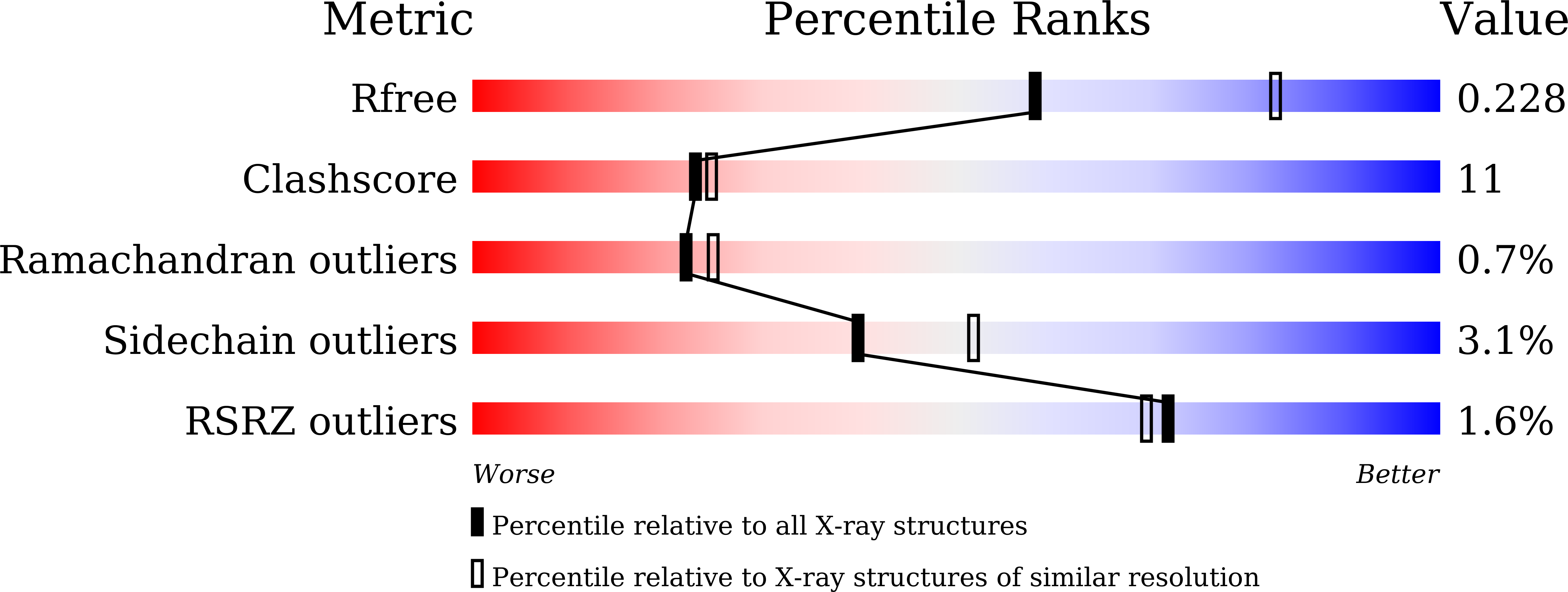
Deposition Date
2019-12-27
Release Date
2021-05-05
Last Version Date
2023-11-22
Entry Detail
PDB ID:
6LN0
Keywords:
Title:
Crystal structure of three main domains of nonstructural protein 3 from Coronavirus
Biological Source:
Source Organism:
Porcine deltacoronavirus (Taxon ID: 1586324)
Host Organism:
Method Details:
Experimental Method:
Resolution:
2.46 Å
R-Value Free:
0.22
R-Value Work:
0.20
R-Value Observed:
0.21
Space Group:
C 1 2 1


